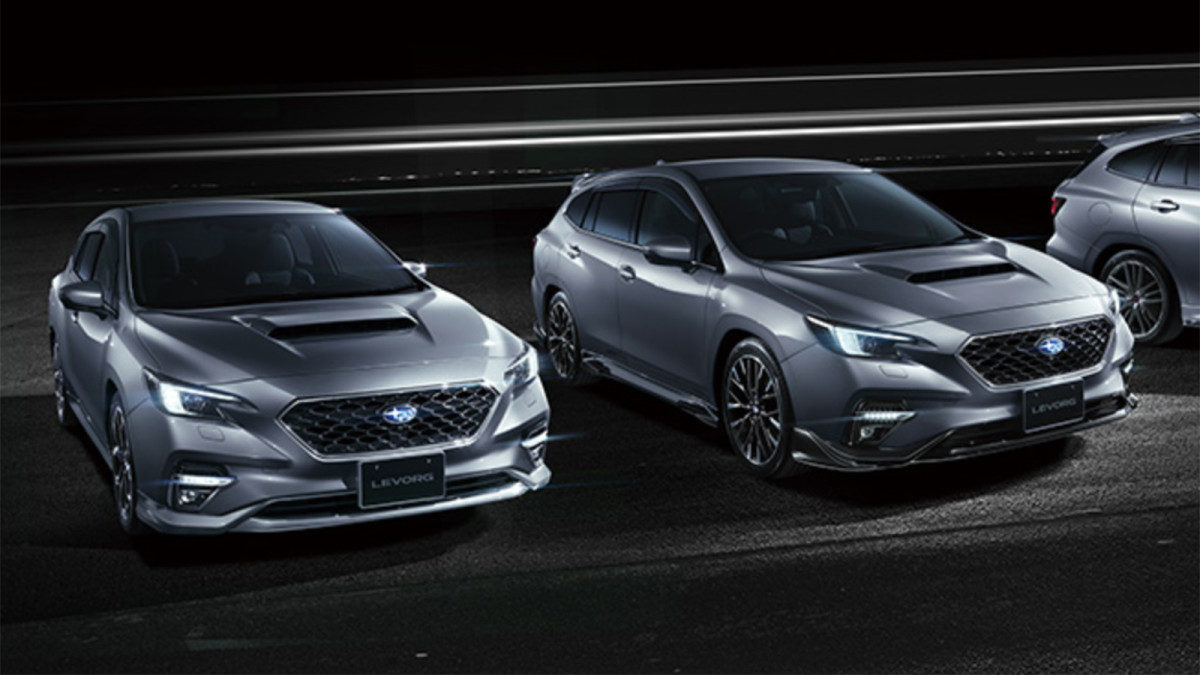 Source: By Craig Hoyle - Flight International
Source: By Craig Hoyle - Flight International
With India having completed in-country flight evaluations of the six candidate airframes, McCrary believes a shortlist will be issued next year to narrow the field, most likely after the Aero India air show in Bangalore.
"I think it will be the heavy twins," he says, referring to the Super Hornet and rival offers with the Dassault Rafale, Eurofighter Typhoon and RSK MiG-35. "They're looking for more serious medium combat aircraft, in weight and performance," he says.
Lockheed Martin and Saab are also pursuing the MMRCA contract offering their single-engined F-16IN and Gripen NG designs.
The Indian air force is seeking an initial 126 aircraft, with an option for 50% more at the same unit price, but McCrary says the service could eventually need up to 400 of the winning design. "They've got a huge air force, but it's ageing," he notes.
Deliveries will start within 36 months of a contract award, which is expected to be made in 2012. The first 18 aircraft will be completed by the successful bidder before final assembly and manufacturing responsibilities are progressively transferred to India. "This is a 20-year programme," McCrary notes.
In the case of Boeing, the company would first transfer final assembly and test of the Super Hornet for India from its St Louis site in Missouri and then "work back from there."
McCrary says New Delhi's recent selection of GE Aviation's F414 engine - which also powers the Super Hornet - for the MkII version of its Tejas light combat aircraft could help Boeing's bid for MMRCA. "We think they're disconnected, but would certainly like to think there's some synergy there."
Boeing also continues to answer requests for information about the Super Hornet from the United Arab Emirates about its new fighter requirement. France is also pursuing a proposed sale of its Rafale to the UAE's air force.



















No comments:
Post a Comment